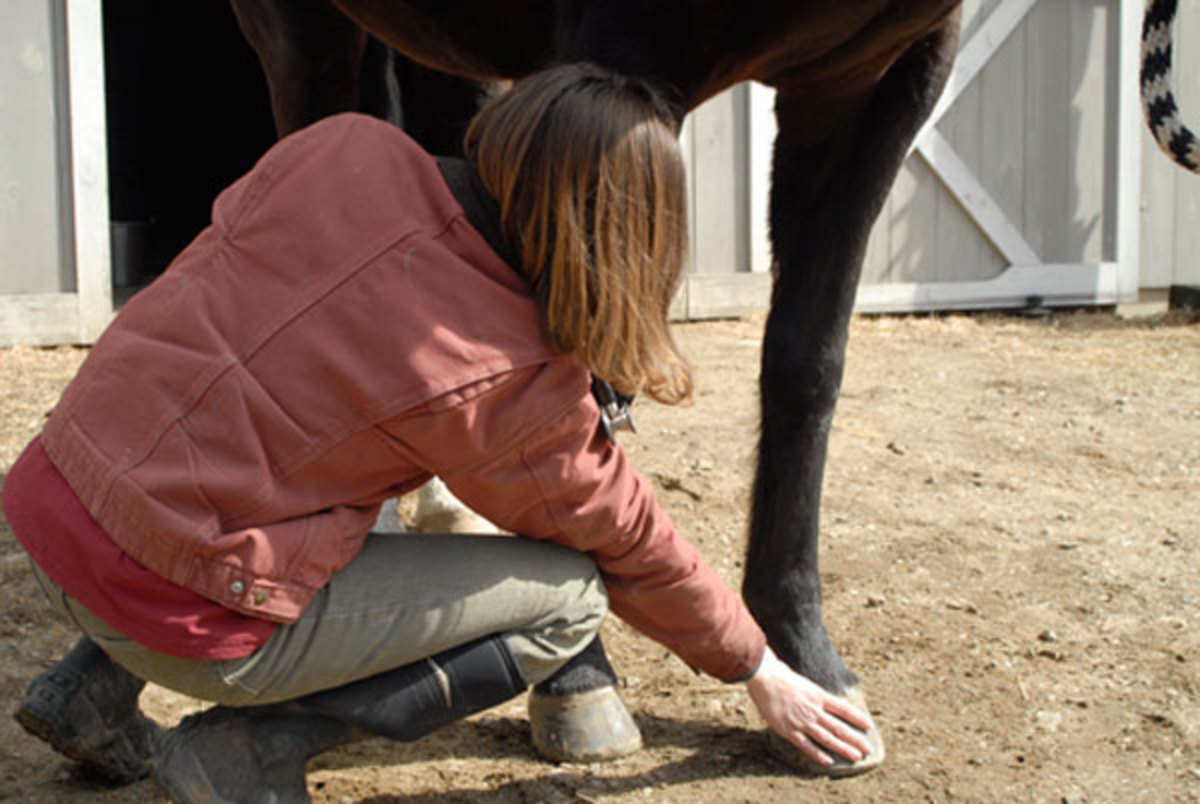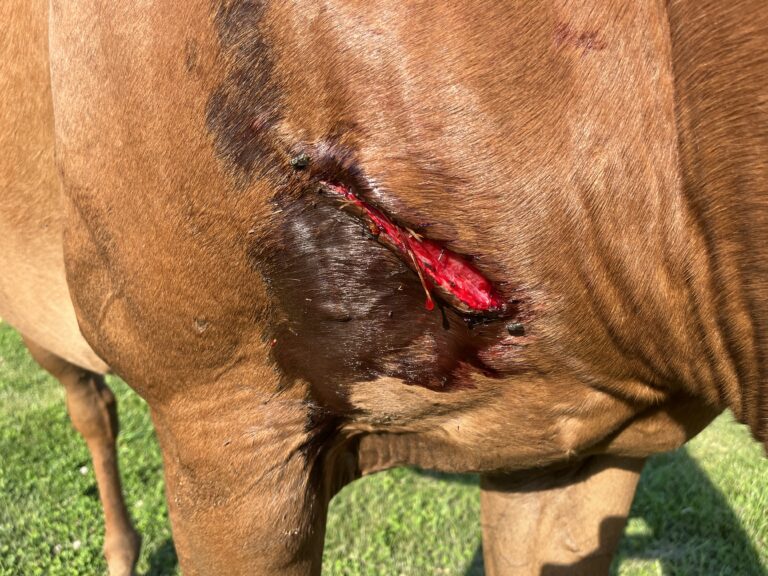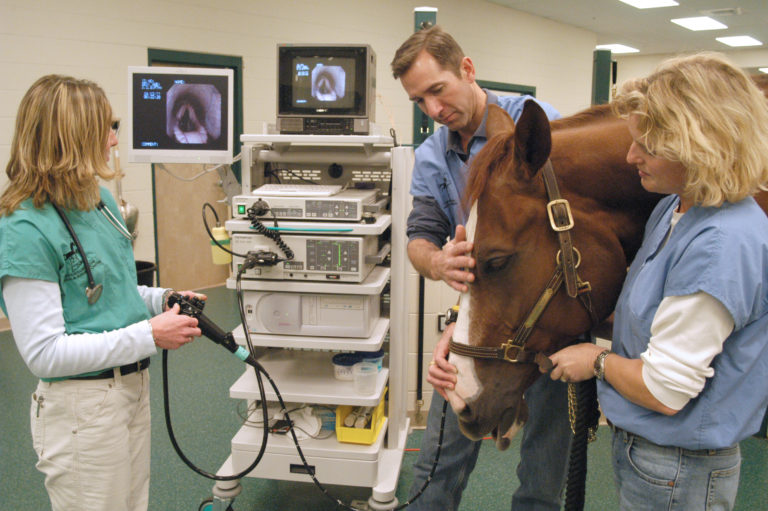The temperature of a dressage horse’s hoof can tell us so much: Exceptional heat in one or more hoof capsules can be suggestive of an inflammatory process, while unusually cool hooves can be caused by reduced circulation. Careful observations can help establish what are normal conditions and behaviors for your dressage horse so that you will know when his hooves are too warm or too cool.

Inflammation can result from relatively minor and usually short-lived causes, such as a stone bruise or a close nail, or from more serious conditions such as laminitis, coffin-bone fracture and subsolar infection.
If a horse presents with heat in his hooves but shows no signs of lameness while standing or walking on a soft surface, walk him out onto a smooth, hard surface. You can also longe him at the walk and trot in each direction or watch as someone else jogs him in-hand on a level surface. If the warmth in any of his hoof capsules represents an inflammatory process, you will likely notice some degree of lameness.
A farrier also can evaluate a horse’s feet for the presence of pain using hoof testers. If the farrier suspects that inflammation may be the cause of the heat, an equine veterinarian should be called to examine the horse and confirm that there is or is not lameness or foot pain.
On the other hand, when encountering a horse’s excessively cool hoof capsule, one should rule out any condition that can significantly reduce circulation in the hoof for an extended period of time. If there is no reduction in circulation, it is safe to assume that a cool surface temperature is physiologic (what is typical for this particular horse at this time) rather than pathologic (indicative of some illness or injury). With no lameness present, the different degrees of warmth detected in the hoof capsules may be a function of a horse’s posture, the position of his limbs or his shifting his weight from one limb to another.
We know from our use of thermal imaging in veterinary care that it is not unusual for surface temperatures to vary among the four hoof capsules. This temperature variance can occur because the blood supply to each hoof, the volume of blood contained within each hoof and the rate of venous (blood) drainage from the hoof can vary with the degree of weight-bearing and limb position. If a horse is ridden several times each week and does not appear lame, it is unlikely that any thermal asymmetries are the result of any pathology or injury.

Harry W. Werner, VMD, was elected to the International Equine Veterinarians Hall of Fame in 2013. He is currently a director of the World Equine Veterinary Association and operates Werner Equine in North Granby, Connecticut.











